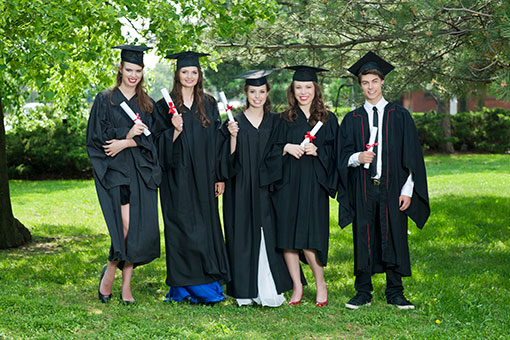Student and Employment Visa
If you would like to study as a full-time student in the United States, you will need a student visa. There are two nonimmigrant visa categories for persons wishing to study in the United States. These visas are commonly known as the F and M visas.
You may enter in the F-1 or M-1 visa category provided you meet the following criteria:
- You must be enrolled in an “academic” educational program, a language-training program, or a vocational program
- Your school must be approved by the Student and Exchange Visitors Program, Immigration & Customs Enforcement
- You must be enrolled as a full-time student at the institution
- You must be proficient in English or be enrolled in courses leading to English proficiency
- You must have sufficient funds available for self-support during the entire proposed course of study
- You must maintain a residence abroad which you have no intention of giving up.
F-1 Student Visa
The F-1 Visa (Academic Student) allows you to enter the United States as a full-time student at an accredited college, university, seminary, conservatory, academic high school, elementary school, or other academic institution or in a language training program. You must be enrolled in a program or course of study that culminates in a degree, diploma, or certificate and your school must be authorized by the U.S. government to accept international students.
M-1 Student Visa
The M-1 visa (Vocational Student) category includes students in vocational or other nonacademic programs, other than language training.
Employment
F-1 students may not work off-campus during the first academic year, but may accept on-campus employment subject to certain conditions and restrictions. After the first academic year, F-1 students may engage in three types of off-campus employment:
- Curricular Practical Training (CPT)
- Optional Practical Training (OPT) (pre-completion or post-completion)
- Science, Technology, Engineering, and Mathematics (STEM) Optional Practical Training Extension (OPT)
M-1 students may engage in practical training only after they have completed their studies.
For both F-1 and M-1 students any off-campus employment must be related to their area of study and must be authorized prior to starting any work by the Designated School Official (the person authorized to maintain the Student and Exchange Visitor Information System (SEVIS)) and USCIS.

